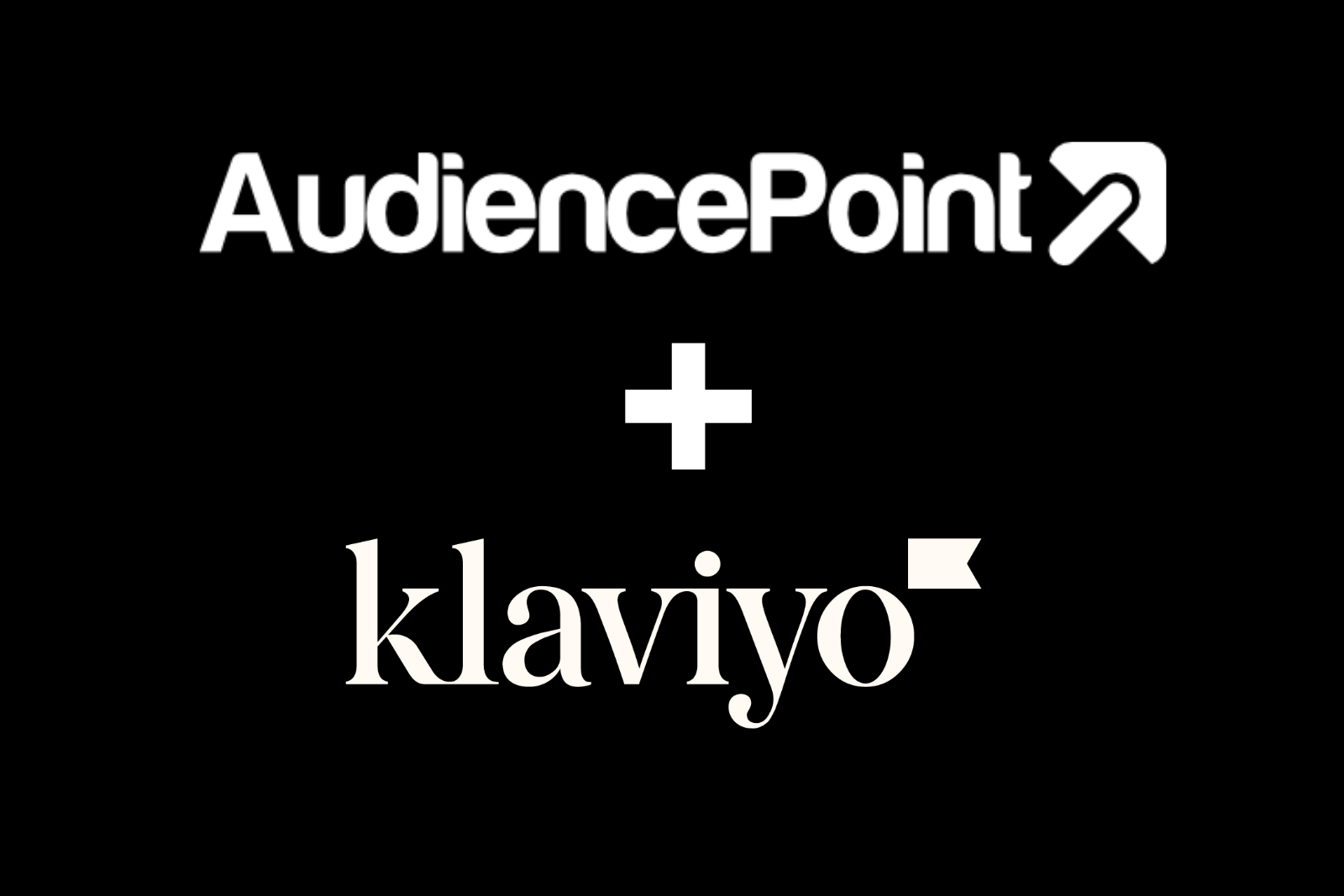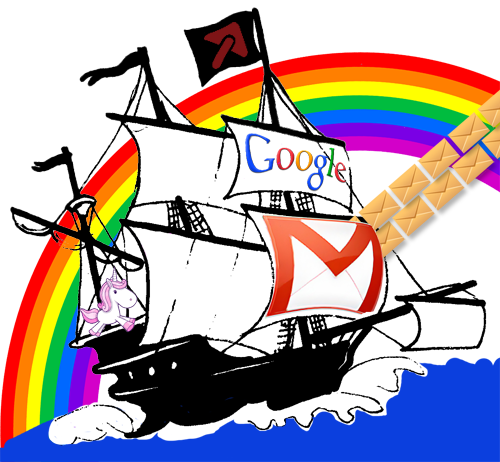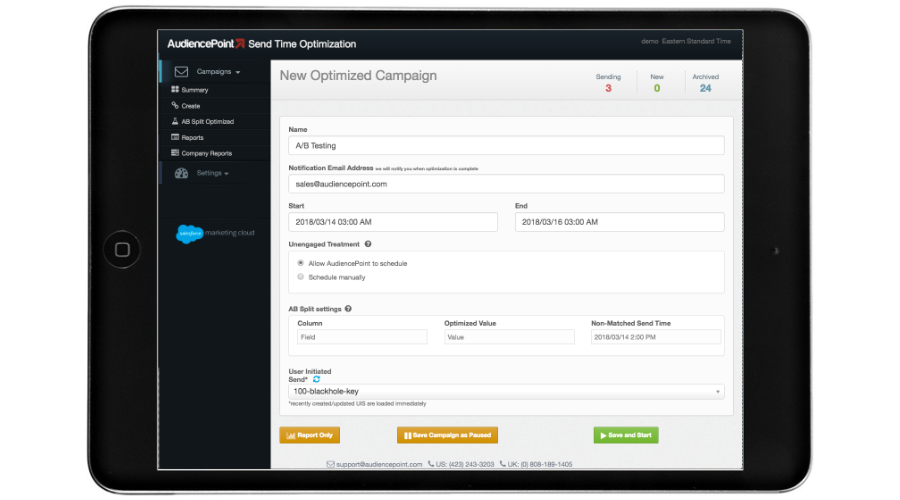AudiencePoint is thrilled to announce our new integration with Klaviyo! AudiencePoint is looking for partners to pilot our...
What Is Sustainable Email Marketing?
Sustainable email marketing refers to strategies and practices designed to minimize the environmental impact of email communications while achieving high engagement and strong business outcomes. It goes beyond simply reducing paper usage: truly eco-friendly email marketing addresses how digital campaigns can reduce energy consumption, limit data waste, and align with broader sustainability goals. In today’s data-driven world, brands embracing green marketing and AI in Email Marketing within the digital space stand to gain the trust of environmentally conscious subscribers and make a measurable difference.
Definition of Sustainable and Eco-Friendly Email Marketing
Sustainable email marketing is the implementation of tactics and technologies that reduce the carbon footprint of your email campaigns, such as limiting unnecessary sends, leveraging data for smarter targeting, and using optimized, lightweight email templates. It advocates for a shift in perspective—from maximizing volume to maximizing impact and relevance with every message sent. As more enterprise brands adopt eco-friendly benchmarks, making digital communications more sustainable is not just good corporate citizenship, but a business advantage.
Environmental Impact of Digital Communication and Email Campaigns
Although emails seem intangible, their carbon footprint is real. Every email stored, sent, or received consumes server space and energy—multiply that by millions of emails, and the impact quickly adds up. Poorly managed subscriber lists, excessive attachments, and untargeted batch sends all contribute to unnecessary digital waste. For large enterprises, optimizing every step in the email funnel is vital to curbing emissions while delivering on marketing KPIs.
Benefits of Adopting Eco-Friendly Marketing Practices
Brands that prioritize eco-friendly email marketing report more efficient campaigns, reduced operational costs, and stronger subscriber relationships. Sustainable practices help shrink carbon emissions and decrease the strain on email service providers. They also signal leadership and responsibility to both stakeholders and customers—qualities increasingly important in a values-driven marketplace. Embracing sustainability supports compliance with emerging regulations and helps fortify your brand reputation.
Why Sustainability Matters for Brands and Subscribers
Consumers pay attention to the environmental impact of the companies they support. As digital communication becomes ever more pervasive, subscribers expect transparency and responsibility from the brands in their inboxes. Adopting sustainable email marketing is a win-win: it’s good for the planet, resonates with conscious consumers, and delivers measurable business outcomes by improving engagement metrics and platform efficiency. For enterprise marketers, integrating these principles is an essential step toward future-proofing their communication strategy.
What Are the 5 T’s of Email Marketing?
The 5 T’s of email marketing—Tease, Target, Teach, Test, Track—form a proven framework to optimize your campaigns for maximum engagement, impact, and efficiency. Embracing each T not only supports a robust email marketing strategy but also helps you create lean, eco-friendly emails that reduce digital waste and resonate with today’s sustainability-driven enterprise brands. Integrating these best practices enables marketers to continually refine their approach, reduce unnecessary sends, and align efforts with environmentally conscious values.
Overview of the 5 T’s: Tease, Target, Teach, Test, Track
- Tease: This step is about crafting compelling subject lines and previews that entice recipients to open your emails. By focusing on relevance and intrigue, you can limit unnecessary sends to only those subscribers who are likely to engage—driving efficiency and minimizing wasted energy.
- Target: Strategic segmentation is the backbone of sustainable campaigns. By only sending content to those who will find it relevant, you reduce overall volume and associated energy consumption. AudiencePoint’s advanced list segmentation and hygiene tools empower you to target the right subscribers at the right time, improving ROI and decreasing resource drain.
- Teach: Make every email valuable by sharing insightful content, tips, or updates. Educating your audience means fewer redundant emails and higher engagement, which directly supports smaller, more relevant sends—crucial for eco-friendly email marketing.
- Test: Always A/B test your campaigns for optimal subject lines, copy, and send times. Testing limits waste by maximizing each email’s effectiveness and reducing unnecessary follow-ups or repeated blasts.
- Track: Advanced measurement lets you identify and suppress unengaged subscribers, contributing to a greener strategy. Utilizing tools like AudiencePoint’s robust tracking system ensures you only target those most likely to respond—improving deliverability and trimming list bloat.
How Each T Supports Eco-Friendly and Efficient Campaigns
When implemented holistically, the 5 T’s drive sustainability by enhancing campaign precision and reducing the environmental cost of digital communication. Better targeting and tracking mean fewer emails sent, while testing ensures every campaign is impactful. These efforts directly support your brand’s sustainability goals by minimizing the use of energy-intensive storage, processing, and data transmission resources, all while maximizing engagement.
Practical Examples of Applying Each T for Sustainability
For example, teasing with sustainability-driven subject lines (“How We Reduced Our Digital Carbon Footprint”) can increase open rates among eco-conscious subscribers. By using AudiencePoint’s segmentation, you might target only active, environmentally focused audience segments. Providing actionable content, such as digital eco-tips, educates while limiting unnecessary follow-up messages. Consistent testing ensures only highly relevant, streamlined templates go out. And through smart tracking, you suppress disengaged addresses, reducing server usage.
Integrating the 5 T’s With Green Initiatives
Forward-thinking marketers know it’s not just about strategic success, but also responsible stewardship. When you layer the 5 T’s with green initiatives—such as using carbon-neutral data centers for your sends, or including sustainability metrics in your reporting dashboards—you create a holistic, future-focused email program. AudiencePoint aids this by surfacing actionable insights tied to both engagement and sustainability, empowering enterprise teams to drive best-in-class results and real eco impact.
How To Build an Effective and Eco-Friendly Email Marketing Campaign
Building an effective email marketing campaign that is also eco-friendly requires a strategic blend of best practices, advanced data usage, and a commitment to sustainability. You begin by crafting purposeful goals and then optimize every campaign step for efficiency and minimal resource consumption. Not only does this approach benefit the environment, but it also enhances your sender reputation, increases subscriber engagement, and elevates your brand’s social responsibility—key drivers of loyalty among today’s enterprise-level audiences.
How Can Segmentation and List Cleaning Reduce Waste?
Effective segmentation and rigorous list cleaning directly combat the inefficiencies of sending irrelevant or unwanted emails, which increases carbon footprint and diminishes your results. By focusing only on active, interested subscribers, you minimize unnecessary data transmissions and server loads. AudiencePoint empowers enterprise marketers with superior engagement insights—providing real-time data on who’s opening, clicking, or ignoring your emails. This intelligence lets you suppress non-responder addresses or send fewer, more targeted campaigns, substantially lowering the volume of wasteful sends. The outcome? Improved deliverability, stronger engagement, and measurable sustainability gains.
How Does Content Personalization and Relevance Drive Engagement and Sustainability?
Personalization isn’t just about using a subscriber’s first name. It’s about leveraging behavioral and demographic data to ensure every email holds real value, maximizing ROI per message. Highly relevant content reduces send frequency by cutting the need for follow-up messages or broad, untargeted campaigns. This philosophy of ‘quality over quantity’ aligns perfectly with eco-friendly principles and safeguards your sender reputation in the process.
Why Should You Limit Frequency and Avoid Unnecessary Attachments?
Every unnecessary email or large attachment represents excess data storage and transmission—translating directly into more energy usage and a larger carbon footprint. Instead, establish frequency caps based on engagement data (a breeze with AudiencePoint’s benchmarking features), and only send attachments when truly necessary. Host files externally where possible and provide download links, minimizing email bloat and ensuring faster, more efficient inbox delivery.
How Do Templates and Design Play a Role in Eco-Friendly Campaigns?
Lightweight templates, minimalistic code, and optimized images keep emails small and swift, boosting both technical performance and sustainability. Sustainable design also ensures a better user experience on all devices while reducing the IT resources needed for rendering each message. Consistently audit your design framework to strip unnecessary graphics or scripts that may slow load times and increase energy demand.
Empowering Subscribers: Preferences and Engagement
Encourage your subscribers to regularly update their preferences or unsubscribe if your messaging is no longer relevant. This proactive approach respects consumer choice, helps maintain a lean, interested list, and avoids wasteful, energy-consuming sends. Automated re-engagement workflows designed with AudiencePoint can alert you to disengaged users before inbox placement or reputation suffers.
Showcase Your Green Initiatives
Finally, ensure your enterprise email campaigns communicate your sustainability commitments. This not only builds transparency and trust but also encourages like-minded engagement among environmentally conscious subscribers. Share real metrics about your reduced send volume, optimized campaign performance, or other green efforts—leveraging AudiencePoint’s robust reporting to back up your claims and set your brand apart.
How Can Email Marketing Campaigning Be Improved With Sustainable Practices?
Improving email marketing campaigns with sustainable practices goes far beyond simply limiting send frequency or reducing email size. To truly embrace eco-friendly marketing campaign strategies, marketers must adopt data-driven methods, prioritize deliverability, and implement actionable analytics that minimize digital waste. By leveraging sophisticated engagement data and advanced analytics, enterprise email marketers can send more targeted emails to the right subscribers, optimizing each campaign’s relevance and environmental impact. This targeted approach not only reduces unnecessary emails (lowering server energy consumption and data transfer) but also increases ROI by engaging only those likely to respond.
How Does Advanced Analytics Contribute to Sustainable Email Campaigns?
Advanced analytics empower enterprise marketers to identify engaged vs. disengaged contacts with precision, thus minimizing wasteful sends to inactive inboxes that sap both performance and energy resources. By capturing real-time signals—including send, open, click, bounce, and unsubscribe—companies can maintain pristine list hygiene, suppressing addresses that degrade deliverability and inflating digital emissions. This level of granularity ensures campaigns are lean, purposeful, and aligned with eco-friendly marketing goals.
Why Is Inbox Placement Monitoring Critical for Eco-Friendly Success?
Inbox placement extends beyond traditional deliverability metrics. Only messages reaching the inbox count toward actual engagement and minimal energy waste, as emails routed to spam folders drive up server storage and network usage without any marketing value. With advanced inbox placement monitoring—as provided by AudiencePoint—marketers can act on accurate signals to re-engage, suppress, or validate recipients, thus optimizing every send for maximum impact and minimal digital carbon footprint.
What Are Practical, Low-Cost Adjustments for Greener Campaigns?
Campaign improvement doesn’t always require major investments. Simple, low-cost practices include using lightweight HTML templates, compressing image files, consolidating promotional content, and inviting subscribers to manage their preferences or opt out if uninterested. Initiatives like these, when guided by precise engagement analytics, can dramatically reduce non-essential sends and enhance your brand’s sustainability narrative.
How Does AudiencePoint Accelerate Sustainable, High-Performing Email Programs?
AudiencePoint’s real-world activity data—sourced from billions of actionable events—arms marketers with the intelligence to focus on truly active subscribers. Our platform ensures that your campaigns avoid the pitfall of sending to cold or spam-prone inboxes, streamlining list hygiene and strengthening deliverability while supporting your sustainability efforts. By achieving fewer, better sends and higher inbox placement, your team can elevate campaign results while actively reducing your digital footprint.
Ready to accelerate both marketing performance and environmental sustainability? AudiencePoint’s platform transforms how enterprise marketers improve deliverability, maximize subscriber engagement, and embrace eco-conscious campaign tactics. Harness the insights drawn from trillions of data points to verify active email addresses, re-engage with relevance, and drive your IP warming with optimal efficiency. Book a personalized AudiencePoint demo today and discover why forward-thinking brands trust us to fuel sustainable growth through advanced, responsible email marketing.





